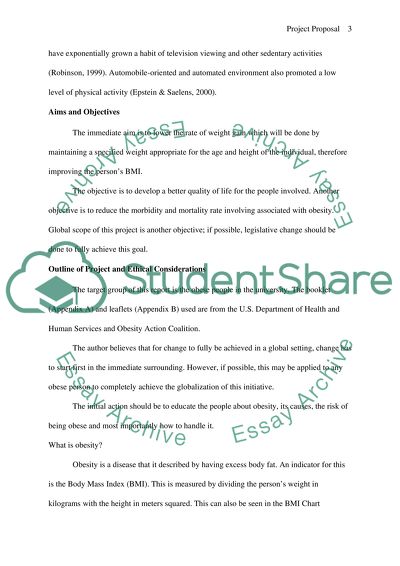Cite this document
(“Health Promotion Essay Example | Topics and Well Written Essays - 1500 words”, n.d.)
Retrieved from https://studentshare.org/environmental-studies/1417789-health-promotion
Retrieved from https://studentshare.org/environmental-studies/1417789-health-promotion
(Health Promotion Essay Example | Topics and Well Written Essays - 1500 Words)
https://studentshare.org/environmental-studies/1417789-health-promotion.
https://studentshare.org/environmental-studies/1417789-health-promotion.
“Health Promotion Essay Example | Topics and Well Written Essays - 1500 Words”, n.d. https://studentshare.org/environmental-studies/1417789-health-promotion.


